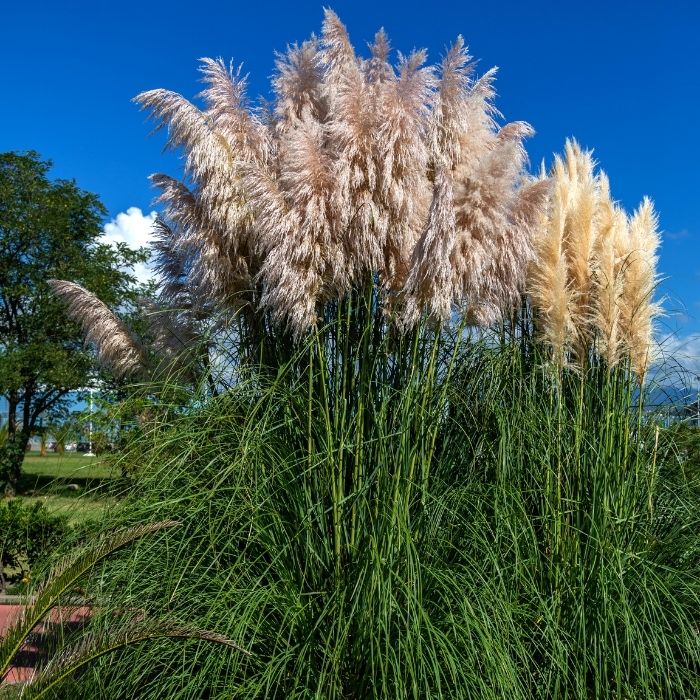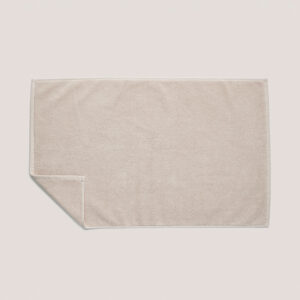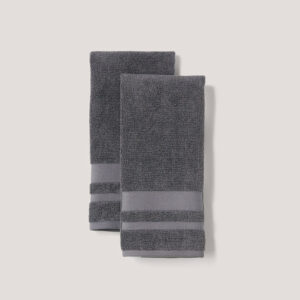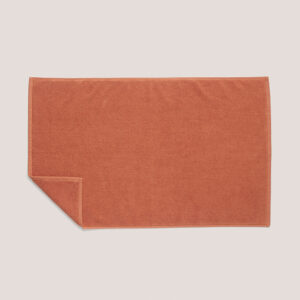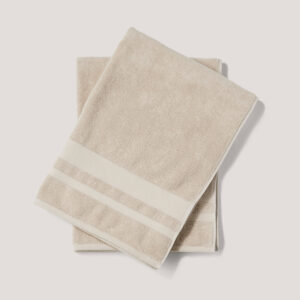Garden Goods Direct | Dwarf Pampas Grass
$48.95
Dwarf Pampas grass is Winter hardy to USDA Zones 7-11 where it is best grown in dry to medium moisture, well-drained soils in full sun. Tolerates light shade. Tolerates drought once established. Cut foliage back to the ground in late winter. Clumps may be divided in late winter to early spring. Female plants produce prodigious amounts of seed and can self-seed freely, often resulting in naturalization that displaces valuable native plants. In the colder climates, this grass will generally not survive winter and should be planted in large containers (e. g. , whiskey barrels) for overwintering in a garage, etc. Cortaderia selloana, commonly called pampas grass, is native to Brazil, Argentina, and Chile. Its common name is in obvious reference to the Argentine grasslands (the pampas) where it grows. It was planted around the world in Victorian times, and today is considered to be one of the most popular ornamental grasses. This is a tough, large grass that forms dense, substantial clumps (tussocks) featuring arching, serrulate, narrow green leaves that are topped in fall by huge, feathery, silvery-white plumes. It was first introduced into the U. S. in 1848, and for many years now has been grown as an ornamental plant in certain southern and western parts of the U. S. It has also been grown commercially for the harvest of its large flower plumes for use in dried arrangements.

